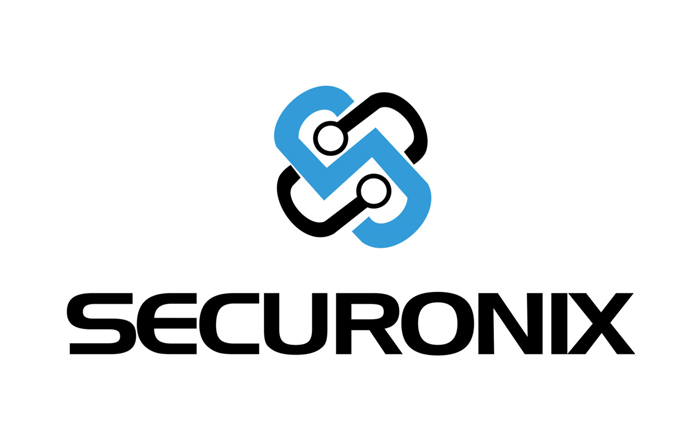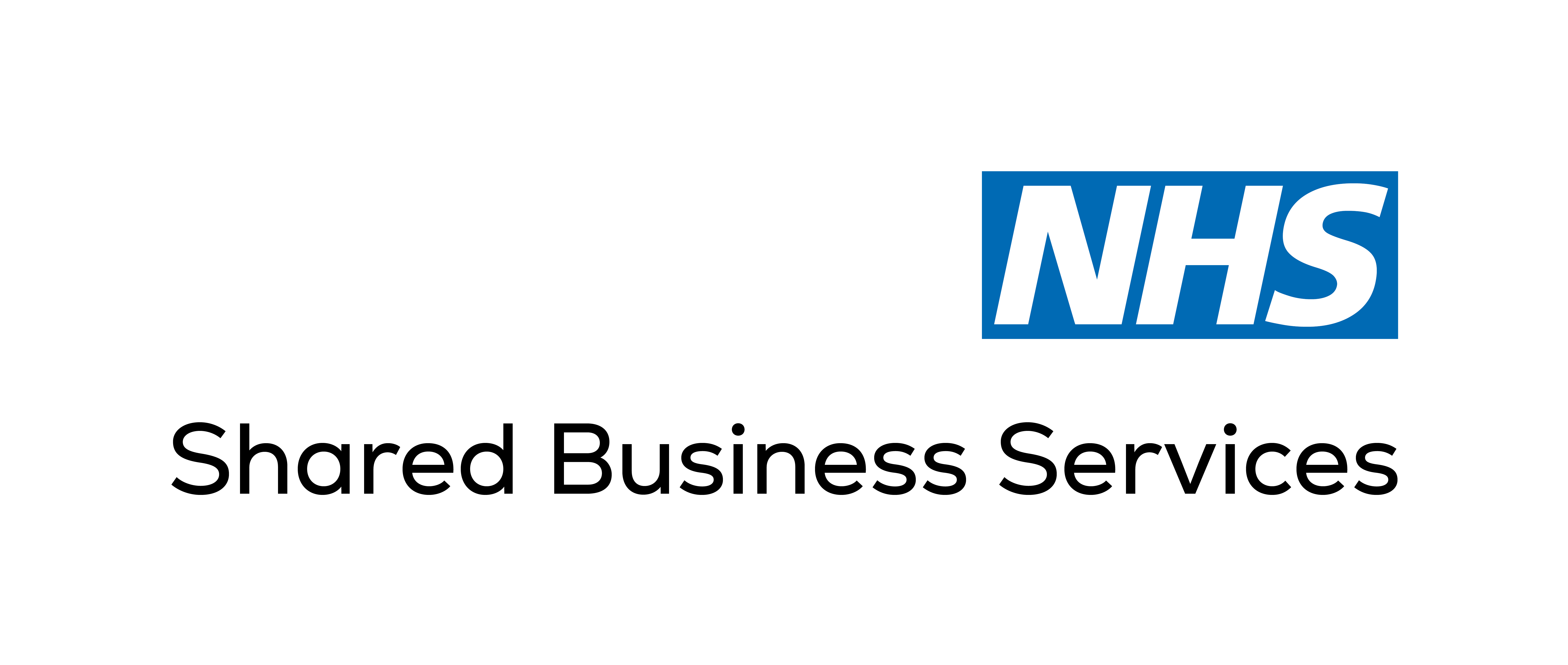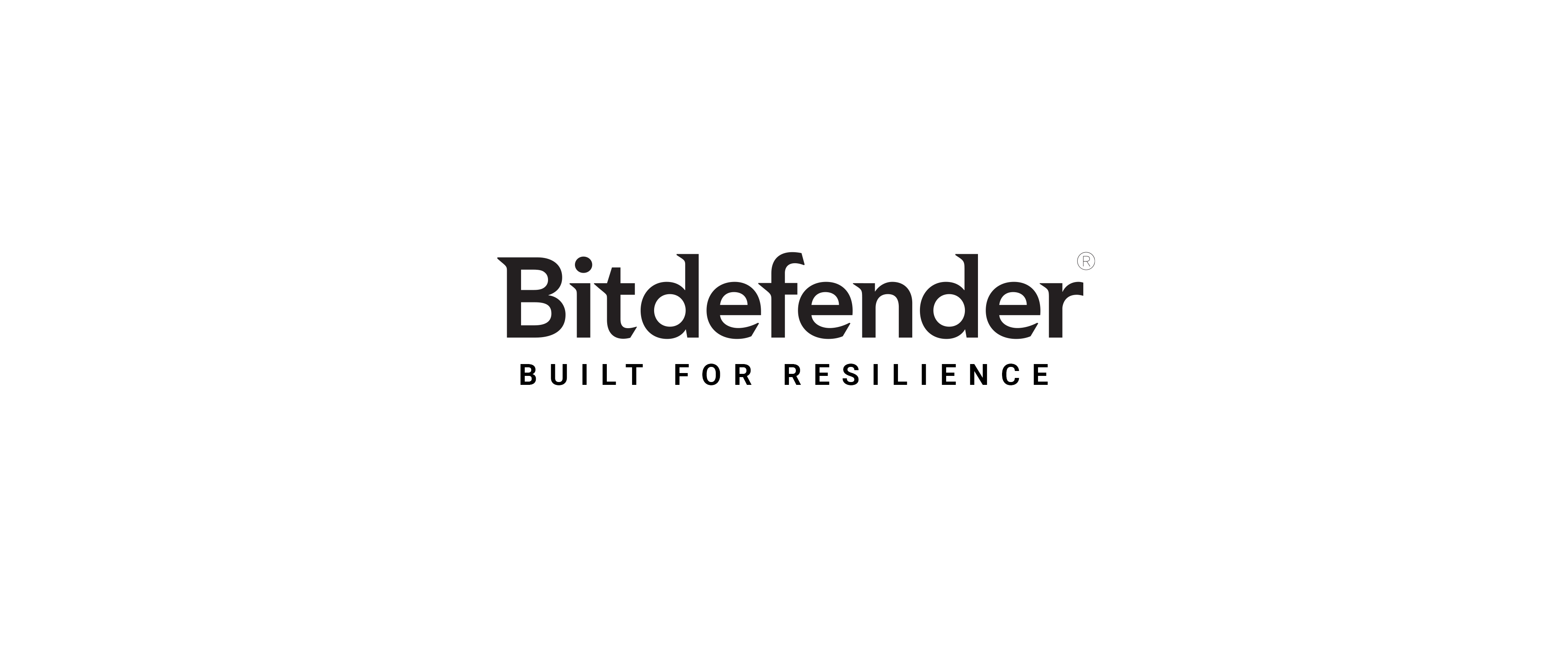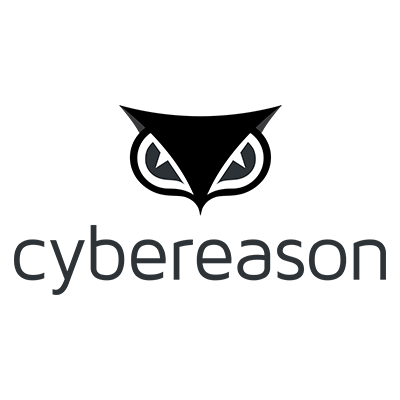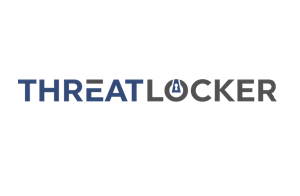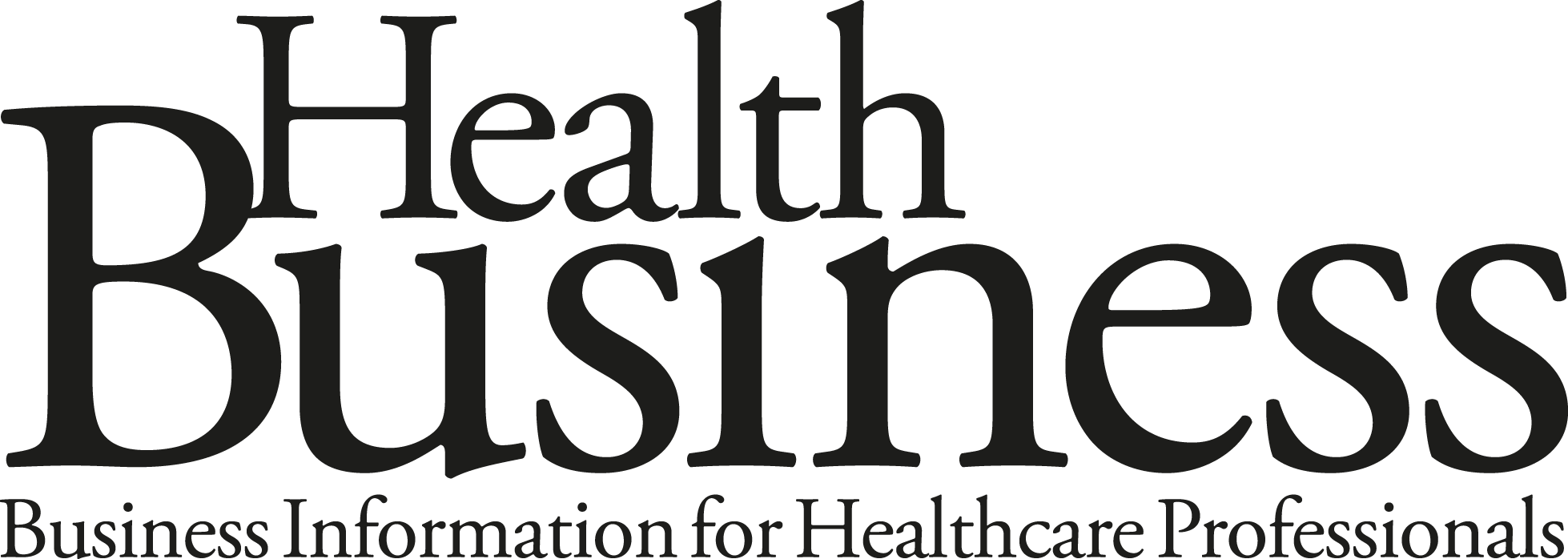Cyber Security in Healthcare 2021
Online Event 23 September 2021, 9:00am - 4:00pm
This agenda is available as a PDF download
Download PDF- Working closely with the NHS to protect the healthcare sector and keep their systems safe
- Prioritising requests for support from health organisations and remaining in close contact with industries involved in the coronavirus response
- Providing information on any malicious activity and taking the necessary steps to help defend against it
- Aims to enhance security and resilience for the healthcare service delivery
- Considers evidence relating to the vulnerability exploitation for the risk assessment
- Individual Risks are considered from individual health care entity and cascading risks are considered interrelated health care entities
- Risk management strategy follows the common attack points to determine the suitable control measure
- In this era of sophisticated attachers, it is critical for healthcare organisations to go the extra mile and keep their electronic protected health information (ePHI) secure
- The challenge to do this is compounded with the adoption of telehealth services around the globe
- Learn 5 steps to keep your ePHI safe and secure
- Why healthcare security requires an Operation-Centric approach
- Whether you should ever consider paying a ransom demand
- If organisations have the right people, processes and policies in place to address the risk posed
- Modern Ransomware Attack Tactics
- What cybersecurity should expect to see in the next 12 months.
- The 2022 Evolving Threat Landscape
- Why understanding your individual attack surfaces is important, how it can change very very quickly overnight and how Bitdefender can help.
- How Bitdefender is more than just end point security, but also a full EDR solution backed up with MDR Services.
- The modern threat landscape facing all organizations in 2021
- Why effective security is much more than compliance
- Going beyond security hygiene
- Building and maintaining resilience to cyber attacks
- Assessing key factors that make the health sector particularly vulnerable to being targeted by hackers
- Rising to the challenge of adopting technologies such as AI and robotics safely and securely and address the emerging cyber security challenges
- Delivering incentives to medical device manufacturers to ensure security-by-design
- Strengthening, expanding and appropriately resourcing the current NHS Digital Care CERT programme
- Addressing research and innovation priorities: understanding the scale and impact of the problem and mapping organisational interdependencies and system flow
- Using IT systems to constantly monitor the health of the network and routine firewall systems that look for signs of attack
- Responding to the WannaCry cyber-attack and implementing measures to protect the IT infrastructure in the organisation
- Managing the disappearance of electronic health records by seamlessly transitioning from electronic to paper
- Rapidly setting up IT teams internally to ensure that no patient experienced a difference in the level of care they received for the duration of the incident
- Dealing with 150 cyber attacks in five years identified by a rigorous reporting system
- Trends and changes in cyber: why privilege is a key challenge facing NHS security teams
- Ransomware and backups as a crucial security battleground
- NHS Case Study: using PAM to secure backups, deliver DSP compliance and protect against privilege escalation
Healthcare IT teams are continuously adapting to new and improved technologies, to provide superior experience to patients and care workers. And in the current cybersecurity landscape, fortifying IT networks and improving visibility over distributed workforce, have moved to the top of everyone's security checklist. Join us in this sessions, where we'll discuss how unified endpoint management (UEM) solutions can help us be secured from advanced threats and enhance the end-user experience.
- Working in partnership with NHS Digital to address the Department of Health and Social Care’s cyber security agenda
- Development of a Procurement Framework which meets national Healthcare cyber needs
- Providing access to 25 specialist suppliers to enable NHS organisations to compliantly award contracts without the need for a complex and time-consuming procurement process
- The Framework structure guides customers through their cyber risk management capability development, from emergency incident response, advisory on cyber security compliance, to ongoing support from specialist security personnel
- New capabilities complement already available central NHS Digital Data Security Centre services for NHS Trusts
- Supplier solutions enable service continuity in patient care by ensuring patient data is secured and critical services and systems remain available
- Ransomware has proven itself an effective way to monetize criminal hacking.
- Despite increasing scrutiny and international pressure, Ransomware as a threat is going nowhere, and continues to evolve and adapt.
- Recent trends indicate that Ransomware operators are making it harder to detect attacks and for victims to recover from a compromise.
- Learn how advanced analytics like behavioural analysis and the co-managed security model can help with pre-emptive ransomware detection and response.
In this session, identity and security thought-leaders will discuss the magnitude of security vulnerabilities in healthcare organizations. With many siloes and access points across healthcare, IT teams need to protect a multitude of systems including Active Directory and Azure AD with auditing and detection, least privileged access and privileged access management. This session will provide actionable solutions to address the attack surfaces and bolster security posture. We will cover:
- Why do Healthcare organisations need to protect their Infrastructure?
- How can a Zero Standing Privilege adoption assist a Healthcare organisation?
- How simple is it to improve the security posture of a Healthcare organisation?
In today’s interconnected world of technology, cyberattacks are a possible threat for each industry. Healthcare is here no exception. On the contrary. Due to its value it has for our society, it is a high grade target for cyber criminals. In the short presentation we will talk about what steps a health care organization needs to consider, to be better prepared for such attack pressure. In the second part, we will talk about what healthcare technology providers need to think of when developing their software for healthcare.
The perimeter as we know it has disappeared, and cybercriminals are constantly finding new ways to evade EDR, antivirus, and other threat detection tools. This points to the need for a different approach: Zero Trust. During this session, you’ll learn:
- How to implement a Zero Trust framework
- Unique approaches you can take based on your IT environment
- Actionable steps you can take to effectively harden your environment against ransomware and zero-day exploits


